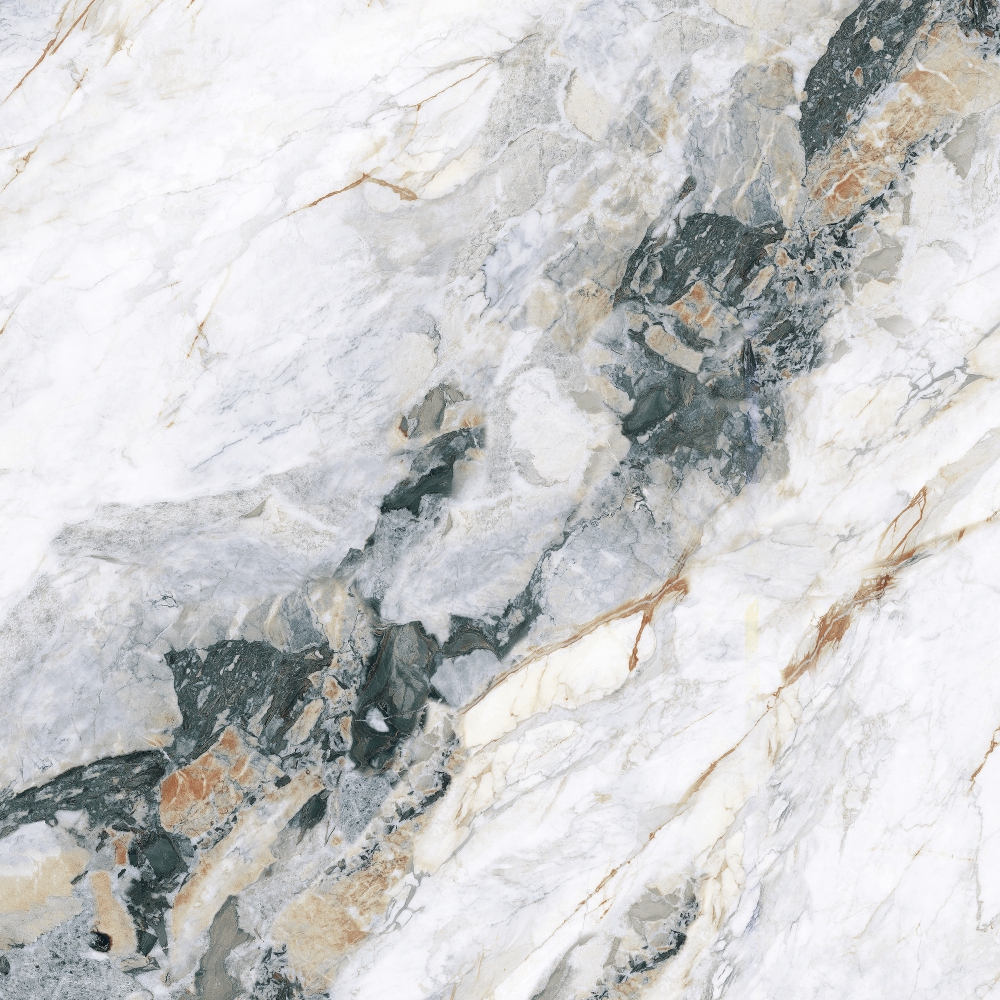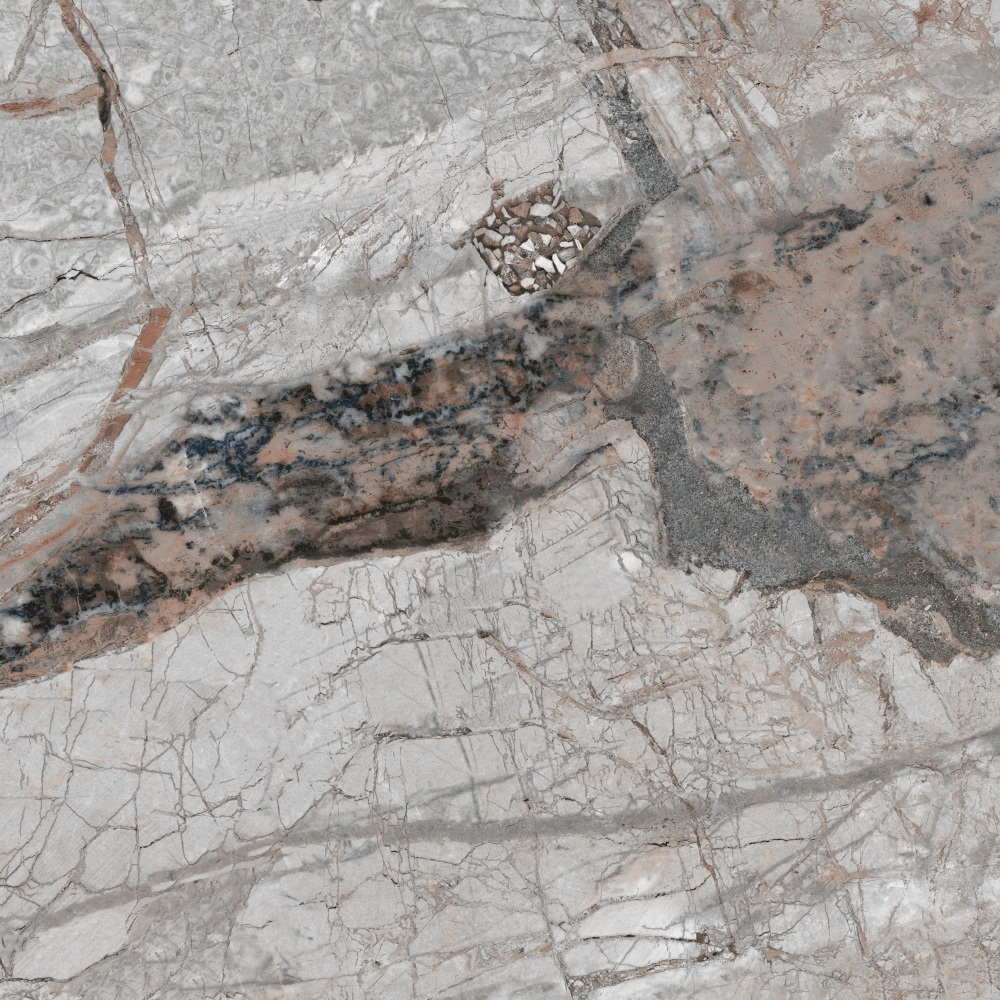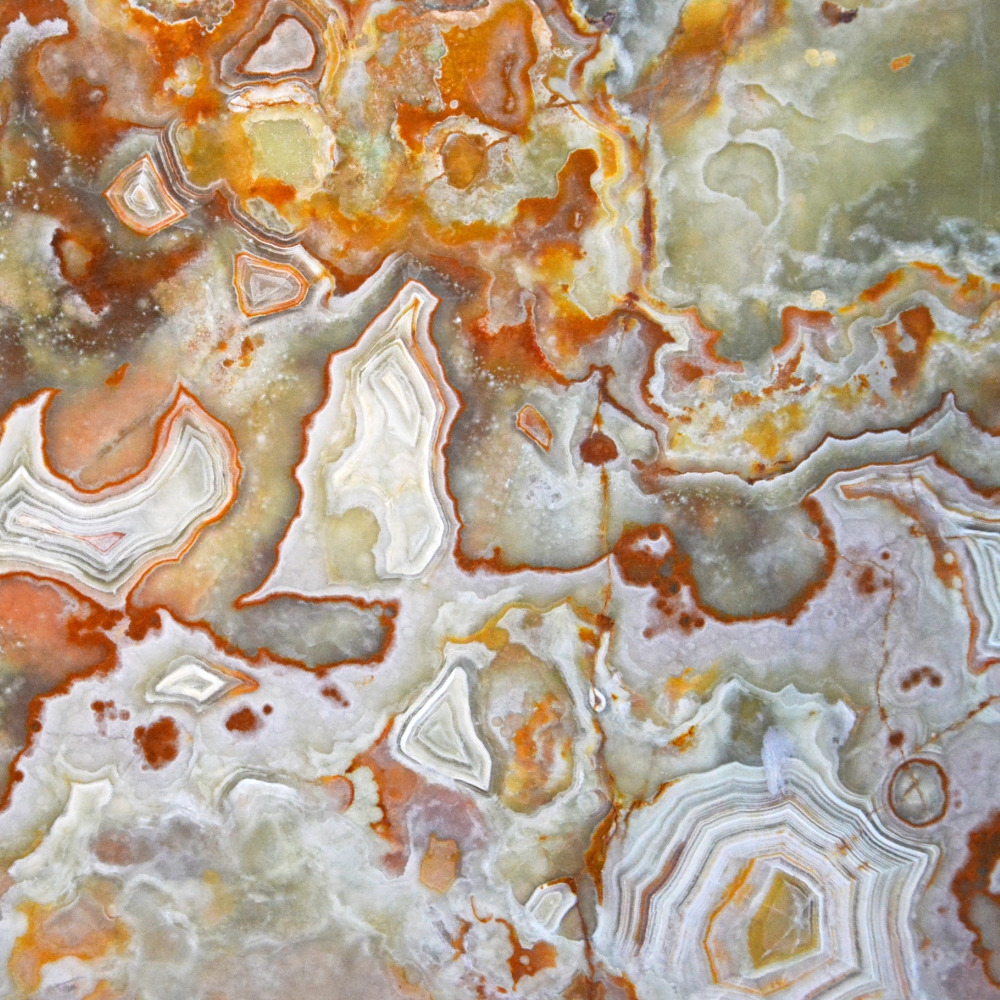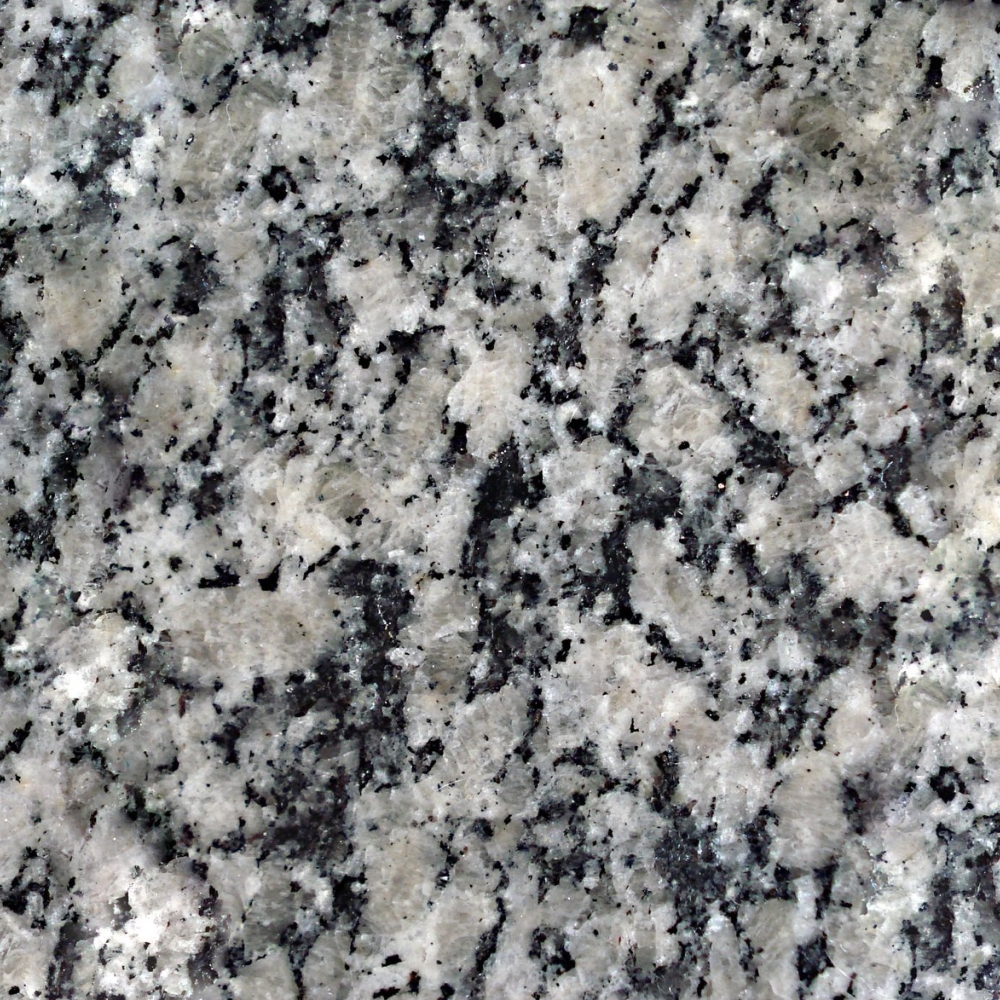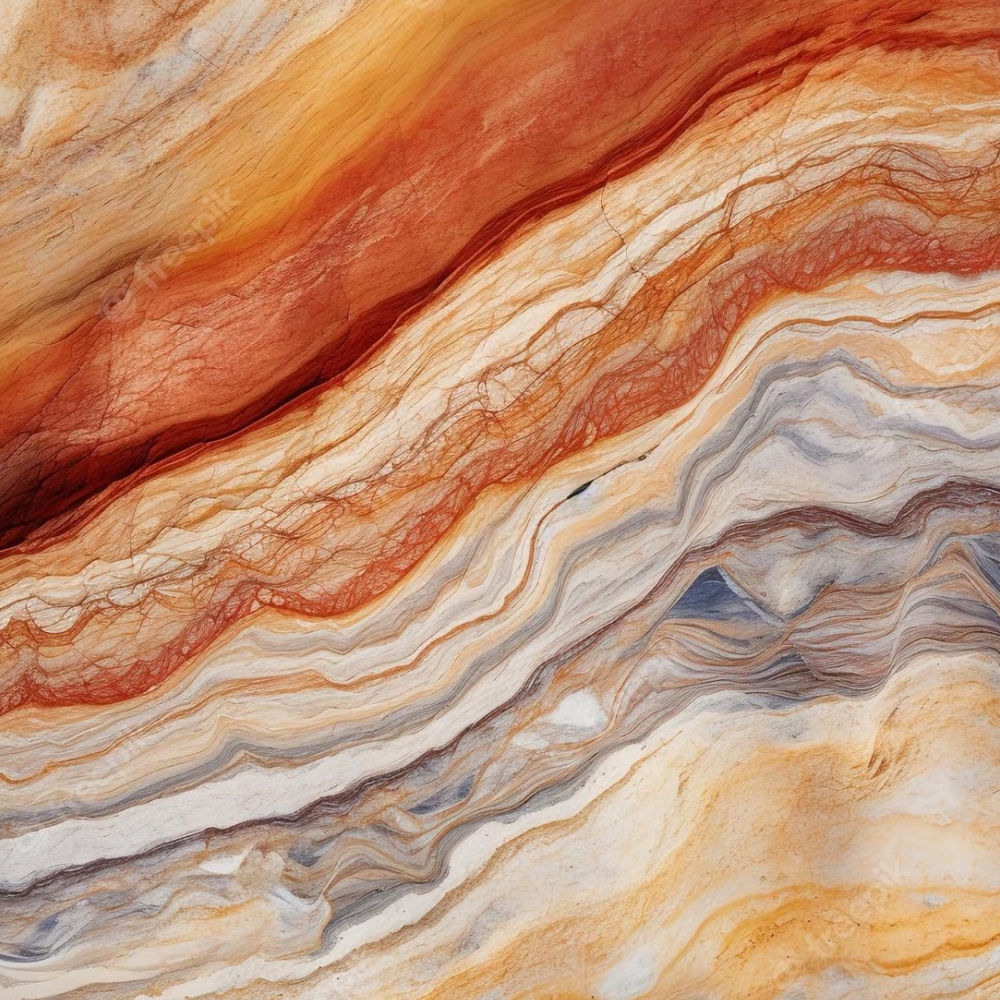
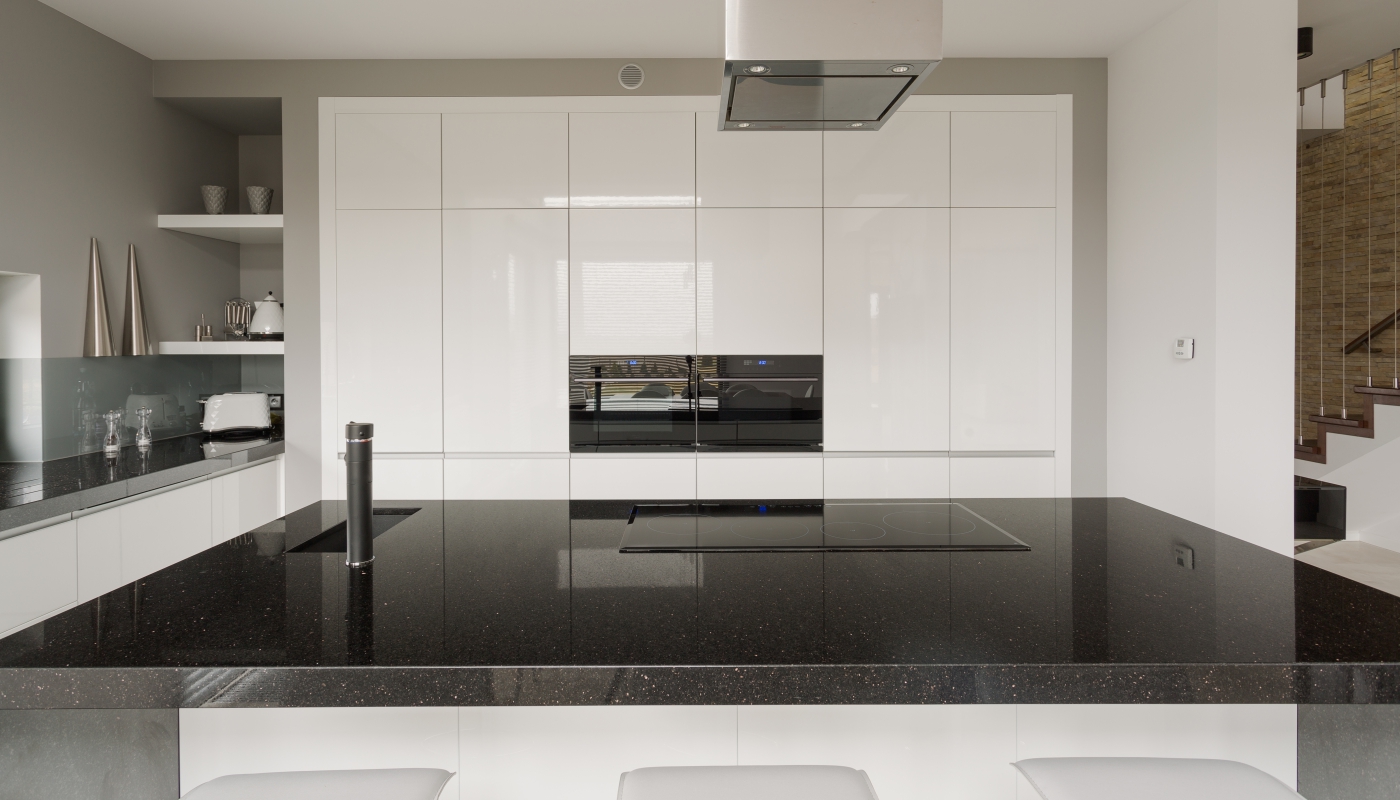

-
Hardness
7 - 10 -
Density
High -
Color
Wide Range -
Texture
Coarse-grained and granular -
Porosity
Low
Granite
Granite is the most common intrusive rock in Earth’s continental crust, It is familiar as a mottled pink, white, gray, and black ornamental stone. It is coarse- to medium-grained. Its three main minerals are feldspar, quartz, and mica, which occur as silvery muscovite or dark biotite or both. Of these minerals, feldspar predominates, and quartz usually accounts for more than 10 percent. The alkali feldspars are often pink, resulting in the pink granite often used as a decorative stone. Granite crystallizes from silica-rich magmas that are miles deep in Earth’s crust. Many mineral deposits form near crystallizing granite bodies from the hydrothermal solutions that such bodies release.
Name origin: The name appeared for the first time in works of the English botanists, physician and philosopher Caesalpinus in the 16th century.
Group – plutonic.
Colour: Pink-grey.
Structure: Massive, confining.
Texture: phaneritic (medium to coarse grained). , holocrystalline, pan-hypidiomorphically grained, porphyric in places.
Alterations: The rock is unaltered, feldspars are rarely sericitized
Major minerals of Granite: Orthoclase, quartz, biotite, muscovite and plagioclase, which is twinned according to the albite law and oscillatory zoned. Chemical composition of the core corresponds to oligoclase and andesine (An30-38), whereas more acidic oligoclase and andesine occur in the margin.
Accessory minerals of Granite: Zircon and apatite, mainly as inclusions in biotite, titanite, orthite, magnetite, pyrite.
Texture and grain size
Texture and grain size are important characteristics of granite and can vary depending on the location where it was formed and the conditions under which it was formed.
Texture: The texture of granite is generally described as coarse-grained and granular, which means that it is composed of visible mineral grains. The individual grains of minerals can vary in size and shape, but they are typically larger than the grains found in other types of rocks. This coarse-grained texture gives granite its characteristic appearance and durability, making it a popular choice for use in construction and building materials.
Grain size: The grain size of granite can vary depending on the conditions under which it was formed. The size of the mineral grains in granite is generally determined by the rate at which the magma cools and solidifies. If the magma cools slowly, the mineral grains will be larger, whereas if it cools quickly, the mineral grains will be smaller. As a result, the grain size of granite can vary from fine-grained to very coarse-grained, depending on the rate of cooling.
The grain size of granite can also have an impact on its properties. Coarse-grained granite is generally more durable and resistant to weathering than fine-grained granite because it has a stronger interlocking structure. However, fine-grained granite can have a smoother texture and be easier to work with, which makes it a popular choice for use in decorative applications such as countertops and tiles.
Catalog
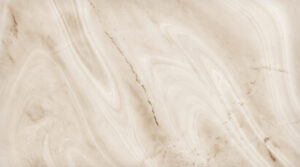 Granite 1
Granite 1
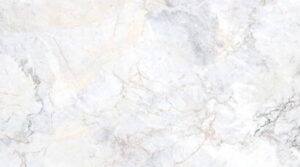 Granite 2
Granite 2
 Granite 3
Granite 3
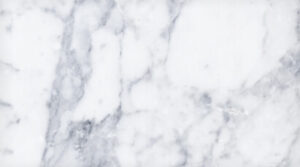 Granite 4
Granite 4
